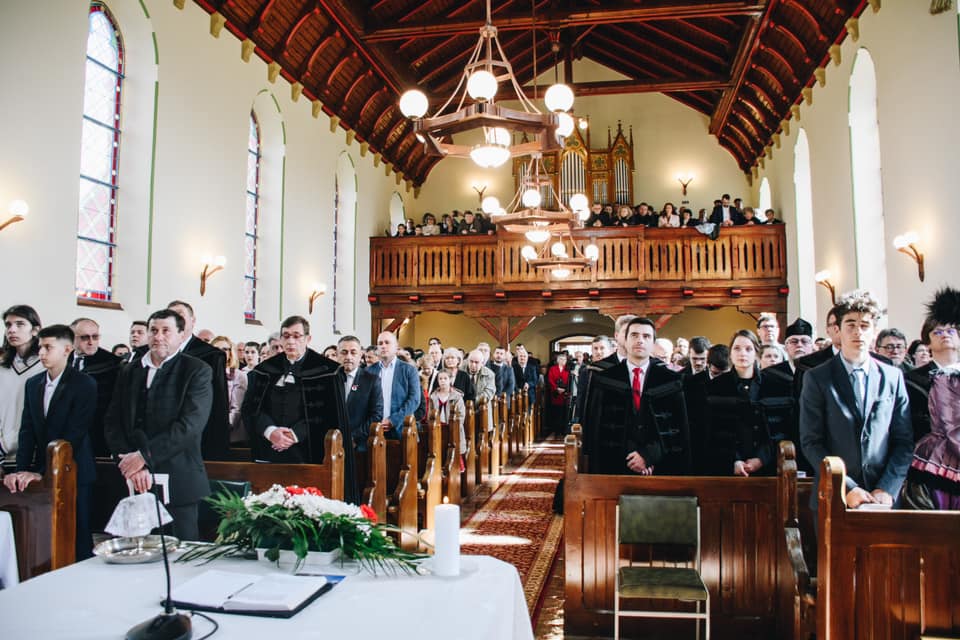
Hungary will continue to support investments that will help the Hungarian community in Transcarpathia, Ukraine to survive, Árpád János Potápi stresses. Continue reading

Fewer and fewer people adhere to Christian foundations in the regions under the influence of Western Christianity. However, Hungarians from Újszentes are still connected to their historical and religious roots, said Árpád János Potápi, State Secretary for National Policy, on Sunday afternoon in Dumbrăvița (Újszentes, Transylvania), Romania.
The Reformed Church of the village near Timisoara hosted a re-consecration service on Sunday afternoon, giving thanks for the complete renovation of the monumental building.
In his address, Árpád János Potápi pointed out that there is no more worthy way to celebrate Palm Sunday than the re-consecration of a church.
He said that if one wanted to write a summary of all that the Hungarian government has done for the communities of the Carpathian Basin and the Diaspora, one would have to think in terms of a multi-volume work “ultimately imbued with a single value: national solidarity.”
We do not deny that our nation is divided by borders and the interests of different countries, but we believe that there is a more important national aspect that has united Hungarians since Saint King Stephen,”
he said. He added that the Hungarian government acts in the spirit of this belief and takes care of the nation according to the principle that every Hungarian is responsible for every Hungarian.
The 120-year-old church was designed by the Budapest architect Samu Pecz in the neo-Gothic style. András Ottó Szűcs, Reformed pastor of Újszentes, thanked everyone who contributed to its renovation, calling the church “a bulwark of our faith and national belonging.”
The year-long restoration was carried out in the original style, shapes, and colors and covered every square meter of the church, including the organ. The work cost 860,000 euros, according to András Ottó Szűcs. The 498 members of the Újszentes congregation are “enthusiastic, genuine Hungarians” who, although in the minority, are still connected to their historical and religious roots, he said.
Potápi told MTI: “The Hungarian community in Újszentes is small, but all the stronger. The fact that they have renovated their church by their own efforts and by working together is a proof of how alive it is.”
This article was originally published on our sister site, Ungarn Heute.
Featured photo via Facebook/Árpád János Potápi